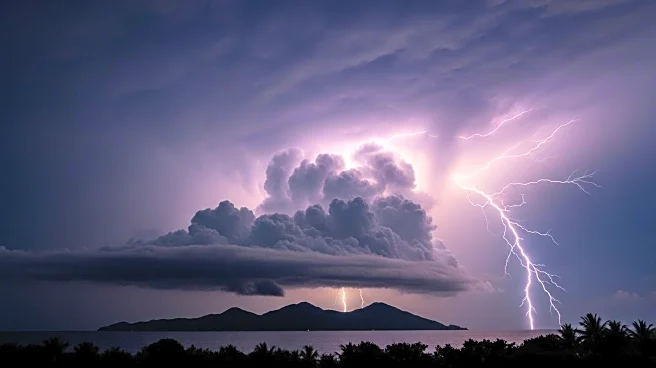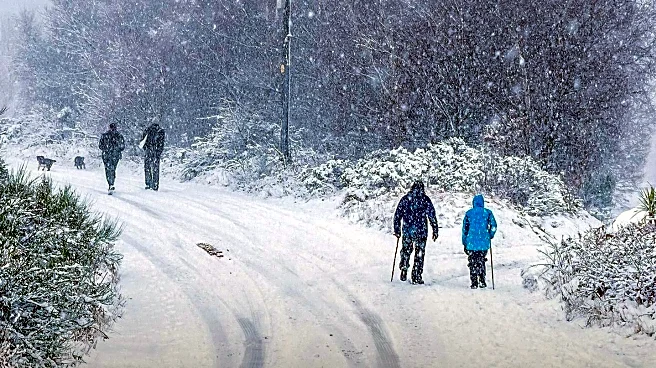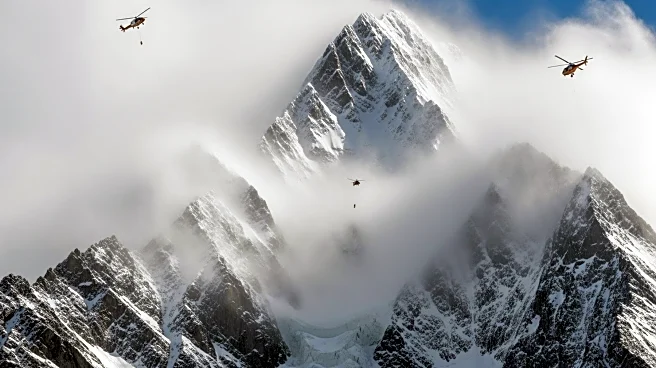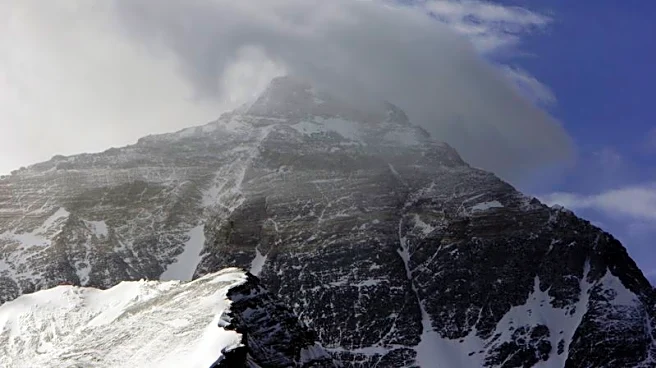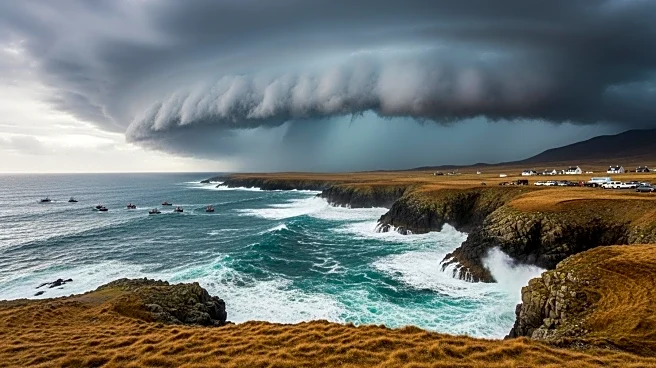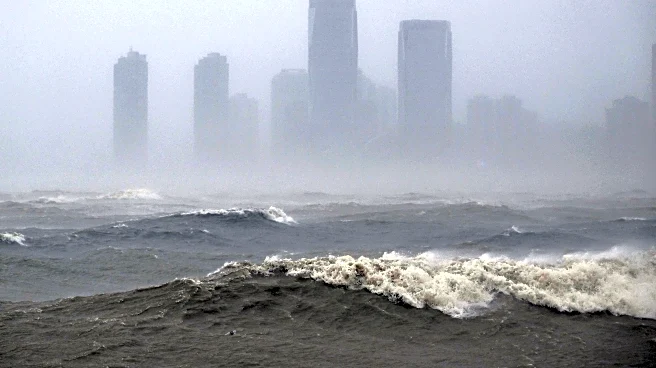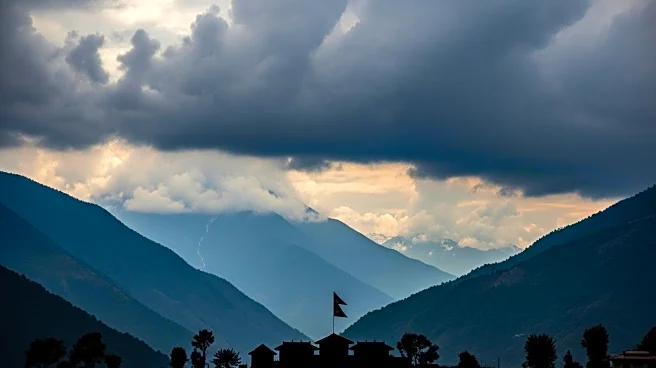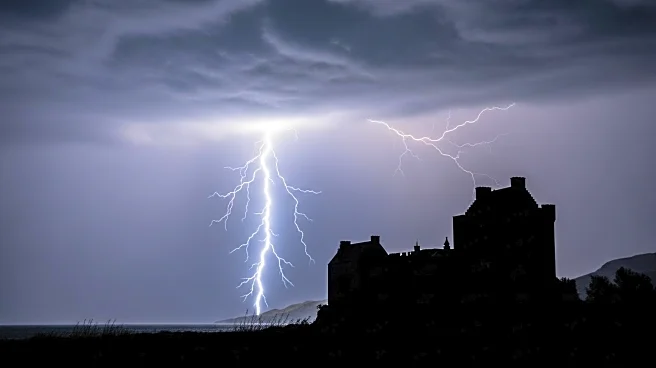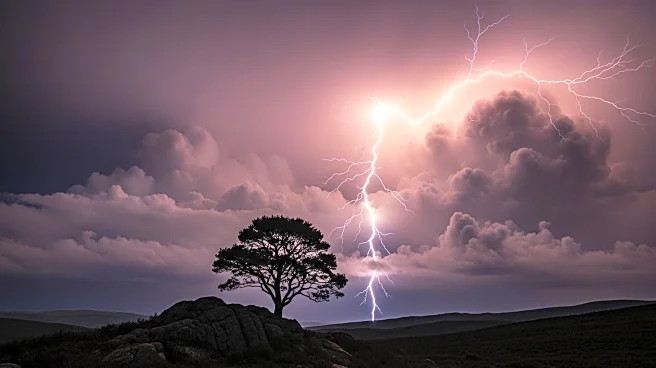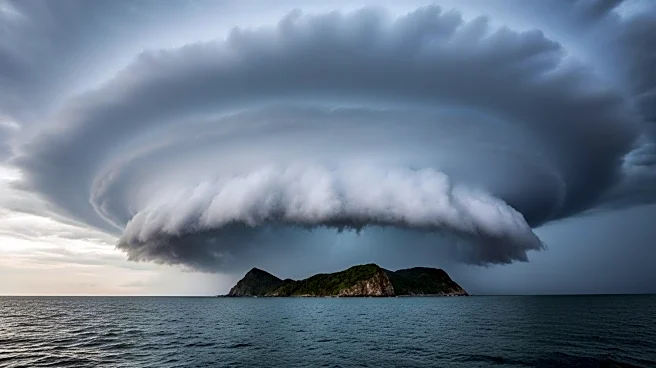What is the story about?
What's Happening?
A severe snowstorm has trapped nearly 1,000 people on the eastern slopes of Mount Everest in Tibet. The storm, which began on Friday evening, has intensified, leading to significant snowfall that has blocked access to the area. Rescue operations are currently underway, with hundreds of local villagers and rescue teams working to clear the snow and facilitate the evacuation of those trapped. According to Chinese state media, approximately 350 individuals have already been rescued and guided to safety in the nearby township of Qudang. The affected area, situated at an altitude of over 4,900 meters, is a popular destination for climbers and hikers.
Why It's Important?
The situation on Mount Everest highlights the ongoing challenges faced by climbers and local communities in high-altitude regions, particularly during extreme weather events. The rescue efforts underscore the importance of preparedness and rapid response in mitigating the risks associated with such natural disasters. The incident also draws attention to the broader environmental and safety concerns surrounding popular climbing destinations, which are often exacerbated by unpredictable weather patterns. The successful evacuation of those trapped will be crucial in preventing potential fatalities and ensuring the safety of both climbers and rescue personnel.
What's Next?
Rescue operations are expected to continue as efforts are made to reach and evacuate the remaining individuals trapped by the snowstorm. Authorities will likely assess the situation to determine the need for additional resources or support. The incident may prompt a review of safety protocols and emergency preparedness measures for climbers and local communities in the region. Additionally, the event could lead to discussions on the impact of climate change on weather patterns in high-altitude areas, potentially influencing future policies and practices related to mountain tourism and safety.
AI Generated Content
Do you find this article useful?


